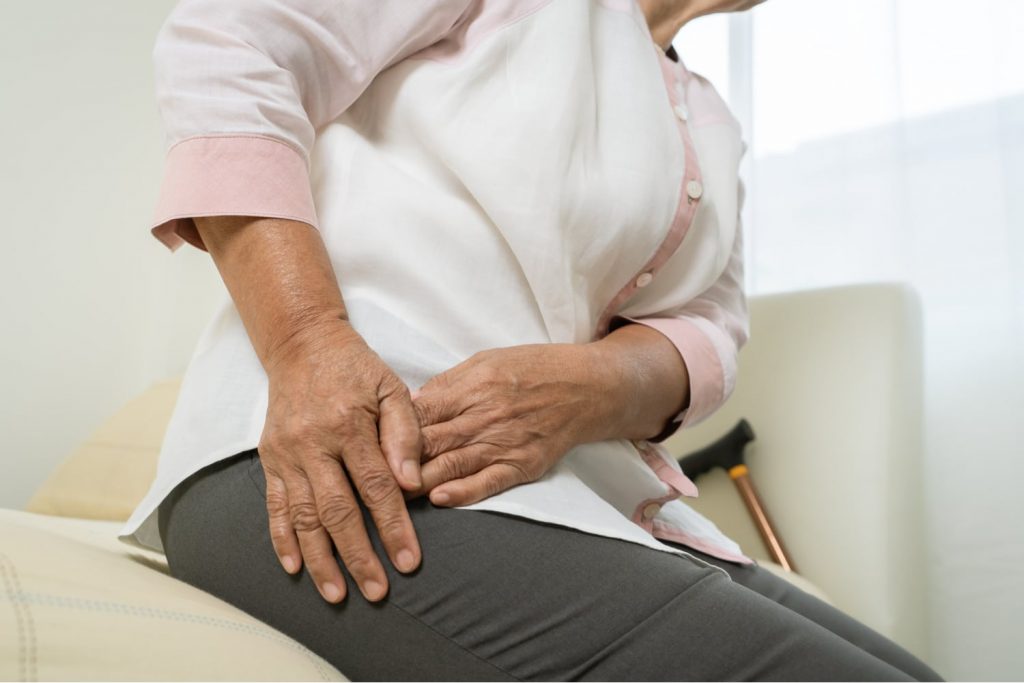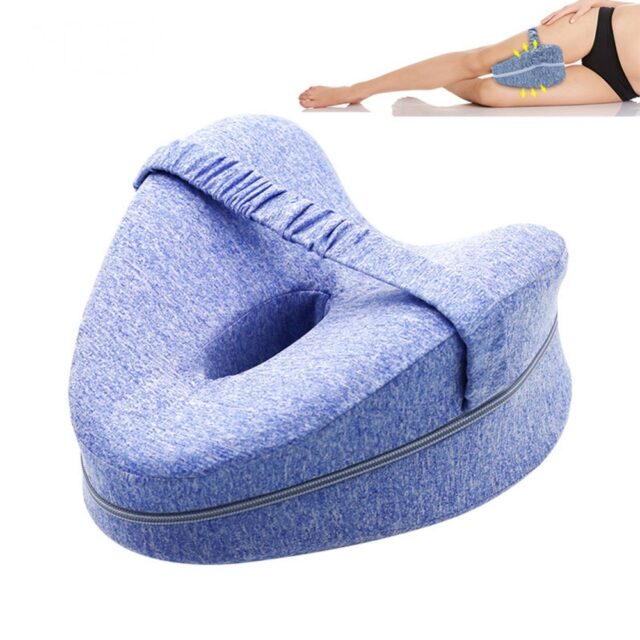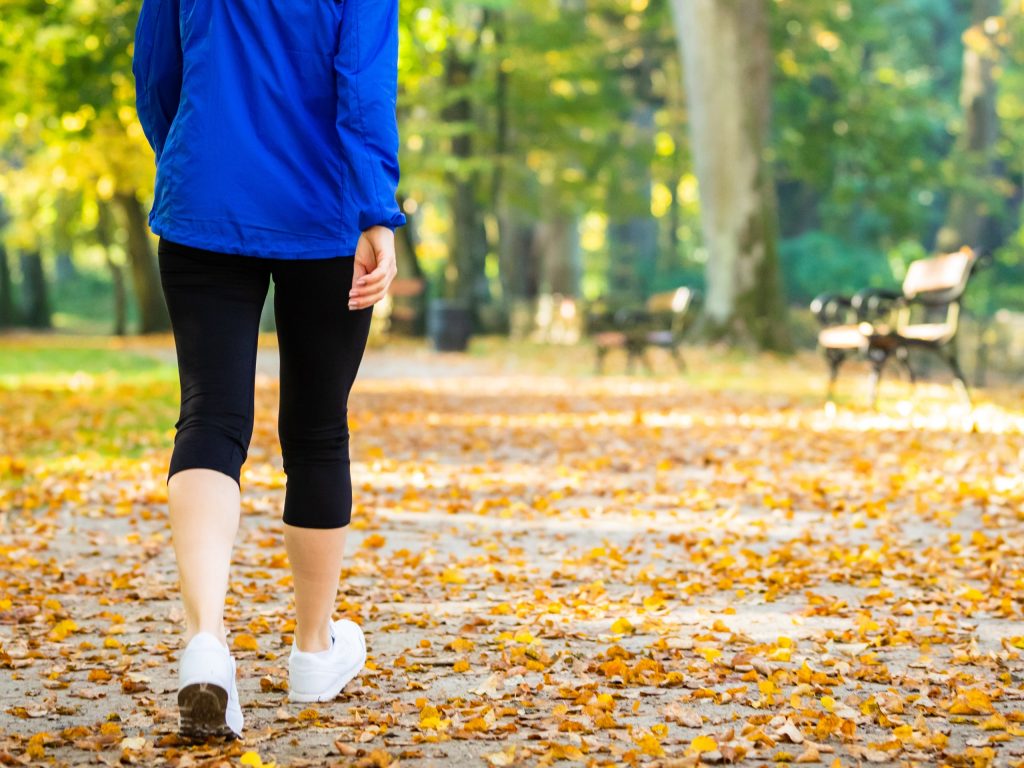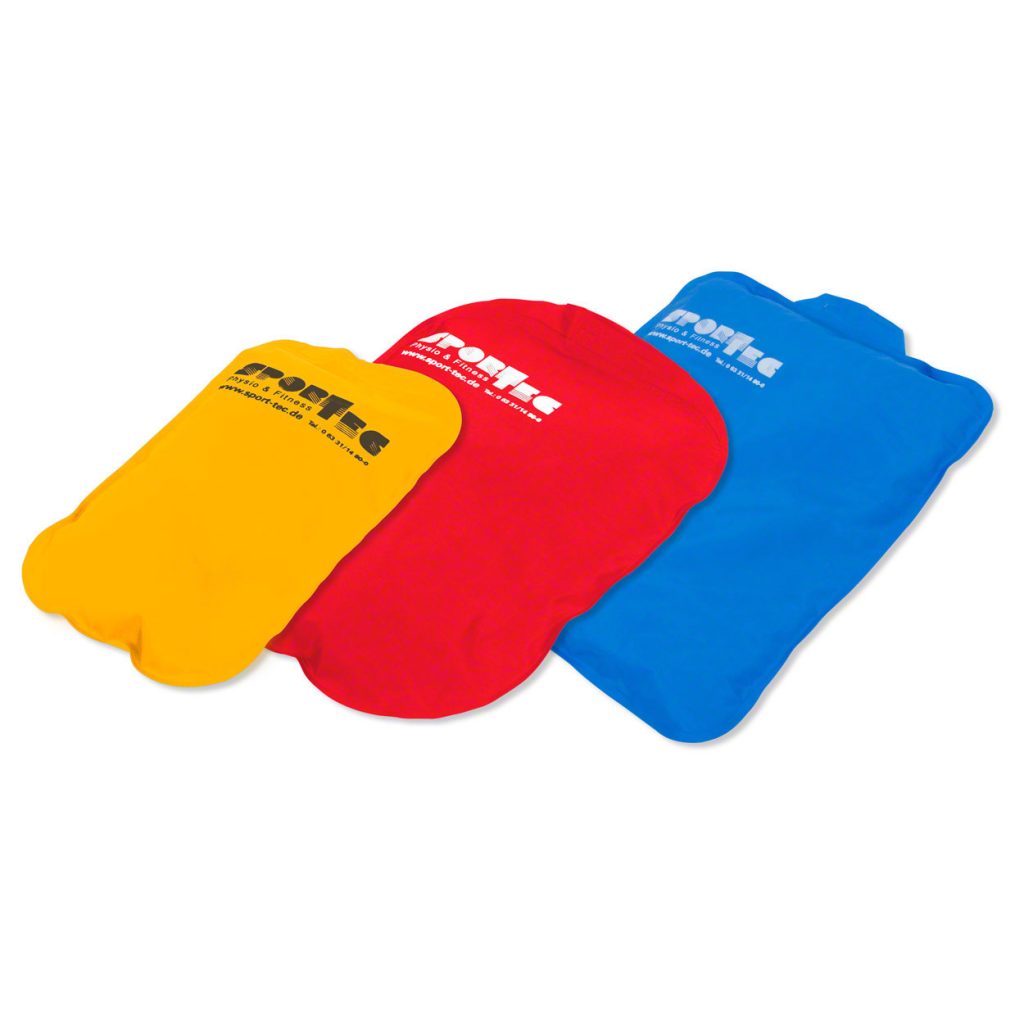
The hips and knees are the biggest joints in our body. They are responsible for supporting our weight while standing or walking. However, despite their endurance, they are not indestructible. With age, as well as constant use – cartilage can be damaged, hip bones can break during a fall or some other injury, and each of these conditions can lead to pain. Very often, it happens that this pain is stronger during the night when we sleep. Then, we often wake up because of the pain – and that very significantly affects our quality of life. Therefore, we will try to explain some of the causes of these pains – and how you can relieve pain during sleep.
Causes Of Hip Pain

The hip area is made up of joints, cartilage, ligaments, and muscles. Each of these structures is subject to wear, cracking, stretching – and sooner or later, at least once, each person will experience some kind of hip pain. The main reason for the appearance of pain in the area of the hip joint – is irregular or incorrect loading or overload of the joint, which is caused by disturbing power relations of the hip muscles. Hip pain in the younger population is caused by muscle strain – and in the elderly by progressive degenerative processes that occur in middle age or early age.
Hip Pain During Sleep
Hip pain is a common occurrence. It can occur especially often during sleep – when your body is stretched and not exposed to any physical exertion. But don’t let that fool you. Sometimes physical exertion is the trigger for pain – and the real causes can be related to other things like:
- Osteoarthritis
- Bursitis
- Sacroiliitis
- Iliotibial pain syndrome
- Trochanteric pain syndrome
Ways To Relieve Your Hip Pain
There is nothing worse than waking up in pain during the night. Hip pain very often occurs during sleep precisely because the tension of muscles and tendons decreases, the body relaxes. However, inflammatory processes continue even after cooling the muscles – and you begin to feel uncomfortable. That kind of pain makes you unable to fall asleep or find an adequate position for lying down. Hip pain has become a part of your daily routine – making it increasingly difficult to cope with your responsibilities. Excess pounds, lack of movement, bad shoes, etc. – are just some of the reasons why your joints suffer unnecessarily. However, sometimes hip pain is a symptom of a more serious condition. Of course, when that happens – make sure you see a doctor – and here are some methods you can practice to ease the pain yourself.
1. A good hip support pillow

Almost every person encounters this problem every day, which can easily be solved by sleeping properly – with a quality pillow that will support your hips in the right way. According to Sleep Reporter, we all need a good night’s sleep to be healthy. By placing a pillow between your legs, your body adjusts to a natural position during sleep – which does not lead to curvature of the spine and pain in the hips. Sleep equally well and comfortably on your back, hips, or stomach. You won’t even feel the pillow during the night, and it will allow you a perfect sleep.
2. Lose weight if you have to
If you are overweight be sure it makes extra pressure on your joints as well as hips. If you have a feeling that they are under load – you should go and see your doctor about it and find out what would be the ideal weight for you. Even the first few pounds lost will relieve hip pain and make it easier for you to move. Moreover, you will sleep much better.
3. Walk more to have healthy joints

It’s quite understandable that you do not have the will to move – and you just want to rest your legs and hips until that pain subsides. When you achieve this, in agreement with your doctor, you should start to exercise to strengthen muscles and lower intensity such as walking, swimming, yoga, etc.
4. Try to avoid high-intensity exercising
Moving can have a huge benefit for your sore and stiff hips. However, it is not the time to go and run a marathon. Start slowly exercising – for example, 20 minutes of cycling or lying walks. As the muscles get stronger, the pain will subside and you will be able to exercise at longer intervals and with stronger intensity.
5. The benefits of water
If you want to do quality training of lower intensity, exercising in the pool is a great choice. Aquabic and other exercises in the water will help you support your body – and it will also free the joints from the stress. Water will help you with more free movements – and it will also provide better resistance which makes the muscles stronger. Therefore, you should talk to your physical therapist about water exercises that might help you with that type of pain.
6. Hot and cold compresses

Do you have an ice bag on hand? Wrap it in a thin cloth and put it directly on the sore spot to ease the pain. Just before stretching exercises, take a hot shower or use a warm compress to relax your muscles.
Conclusion
Symptoms associated with hip pain depend on the cause, and they include: limping, pain in the joints and groin, loss of ability to move the hips, heat, swelling of the hips, the softness of the hips – as well as difficulty sleeping on the hips. If you have any of these symptoms, it is recommended that you visit your doctor and determine the exact cause of the pain – and conclude from your previous medical history and review whether any previous illness or problem may have caused this pain. It should be especially emphasized that the pain in the hip does not have to be directly related to the hip – but can also be felt in the thigh, inner part of the hip joint, groin, outer part of the hip joint, buttocks. From there, the pain is transferred to the hip and creates additional problems.









